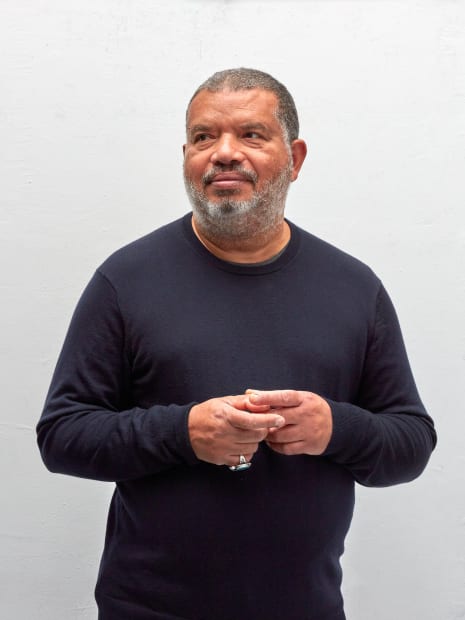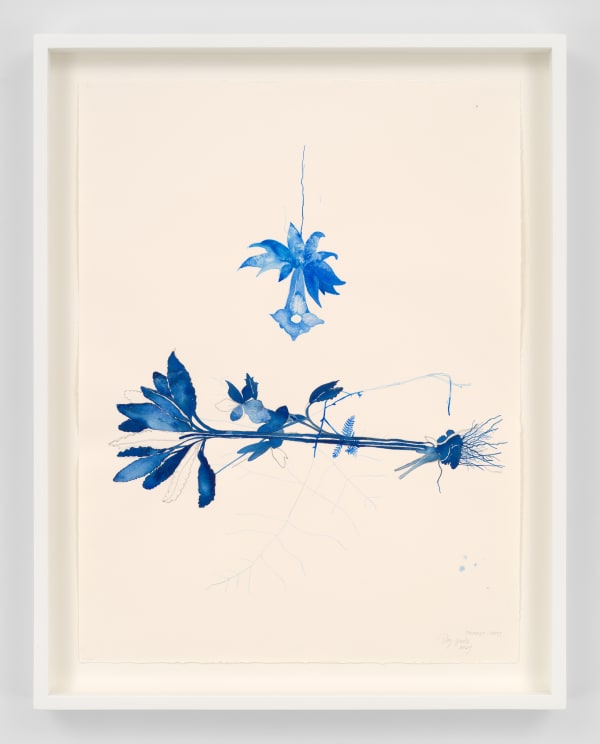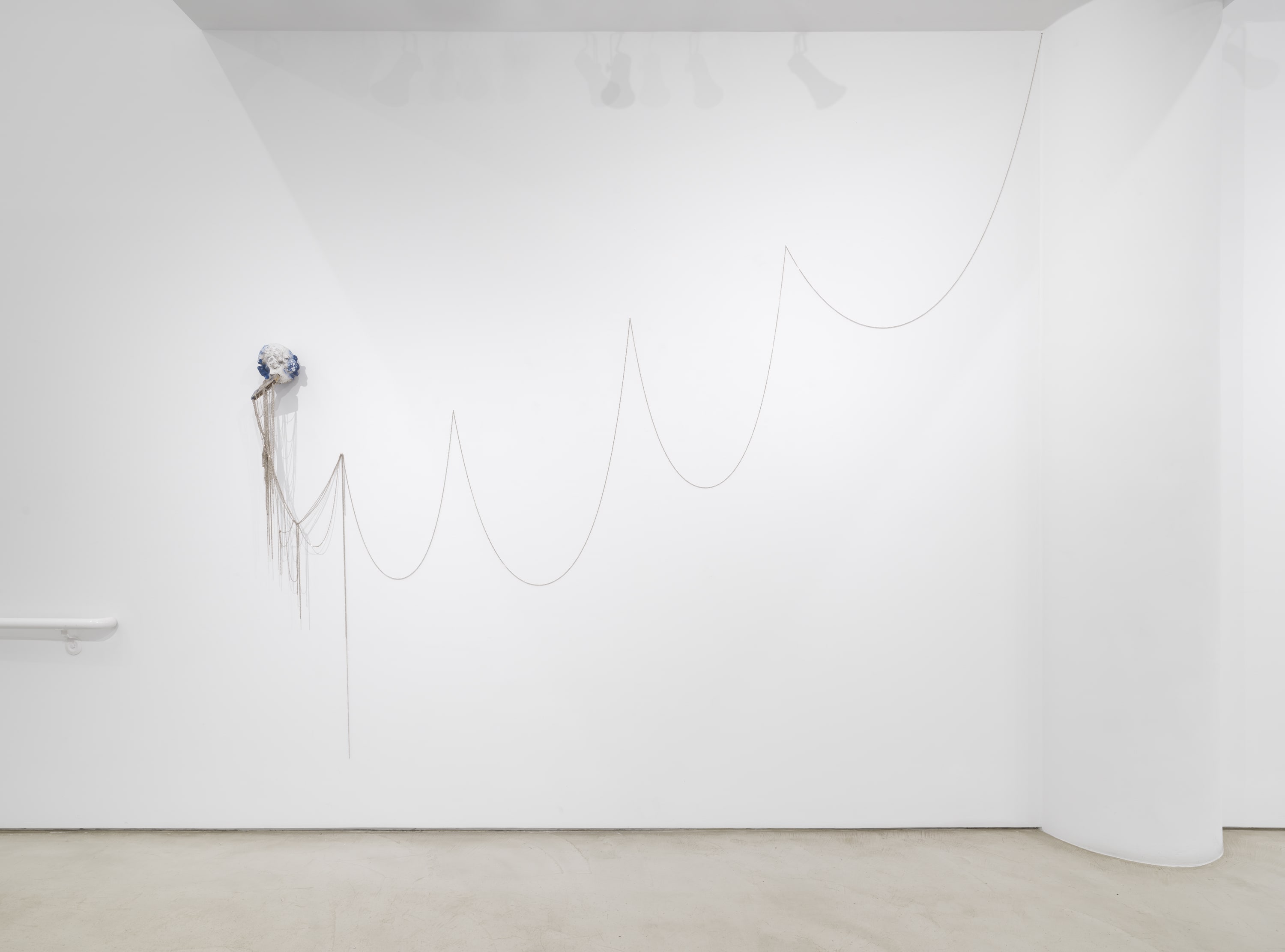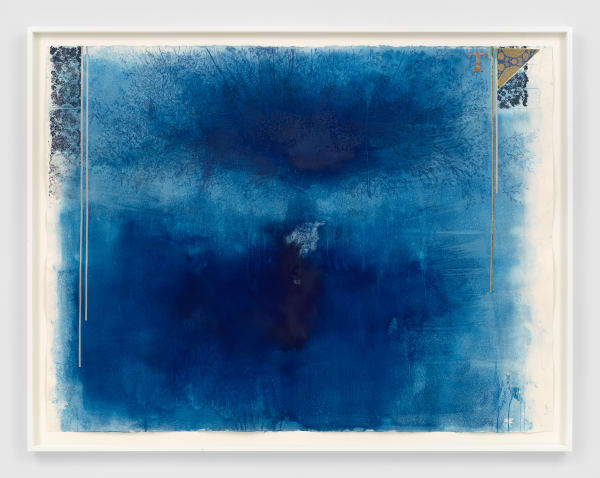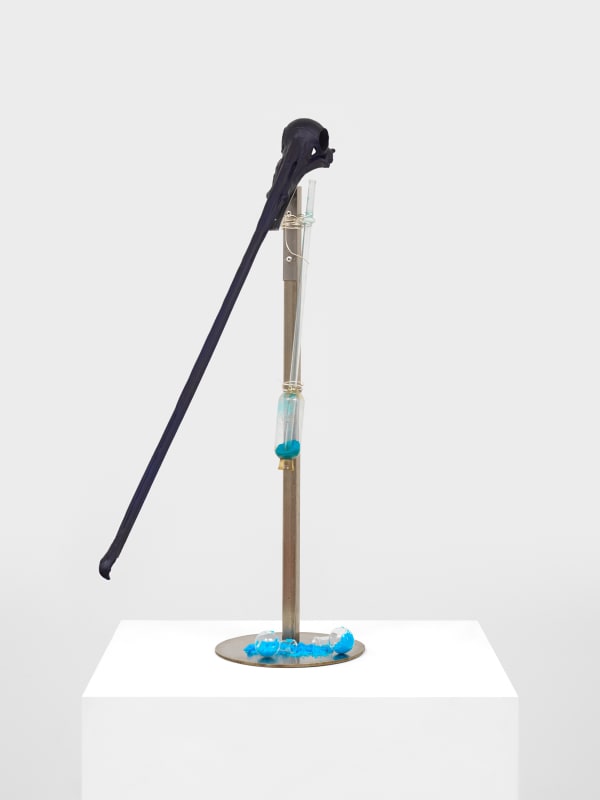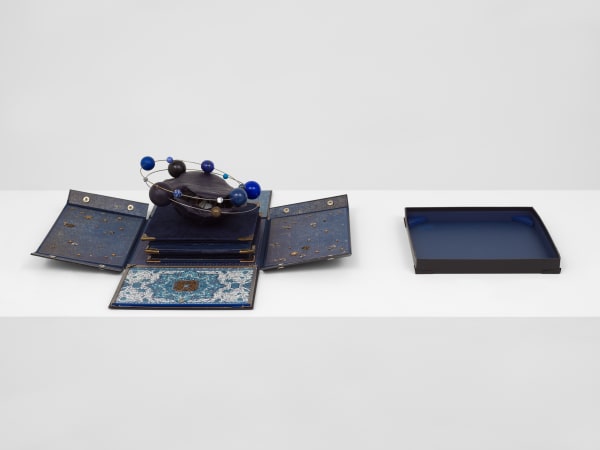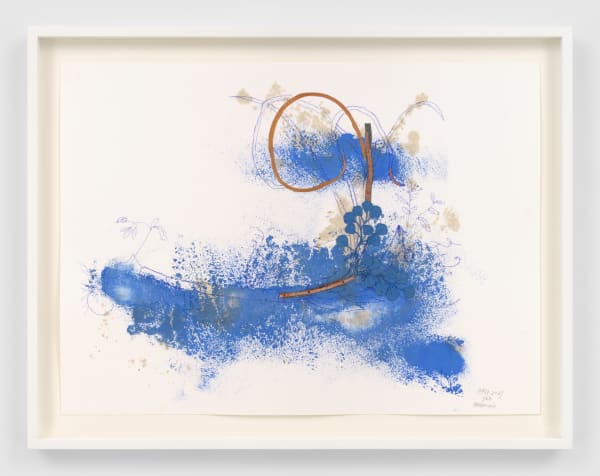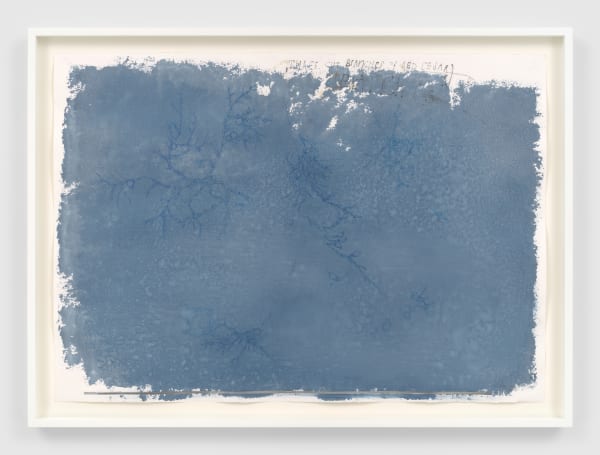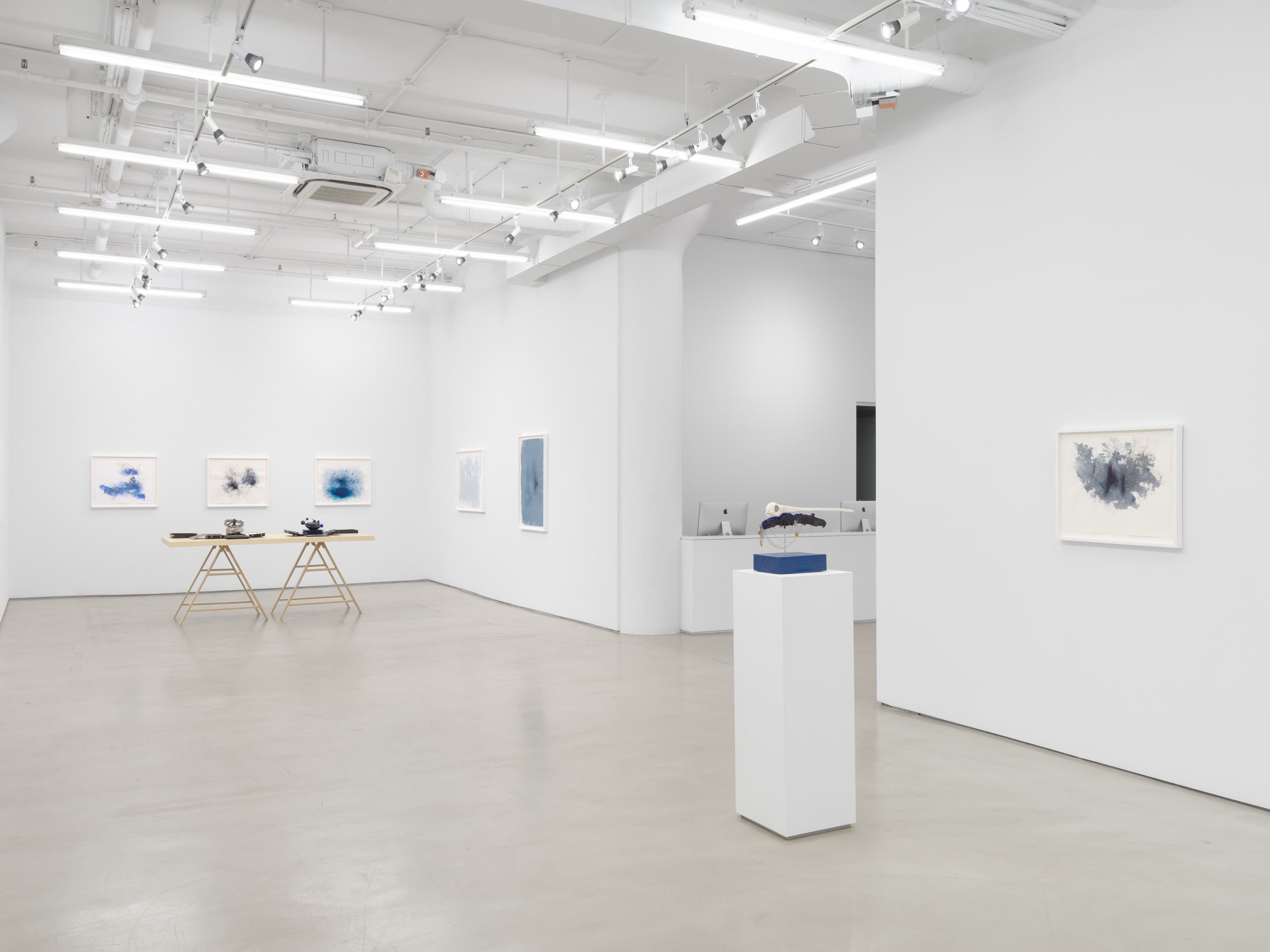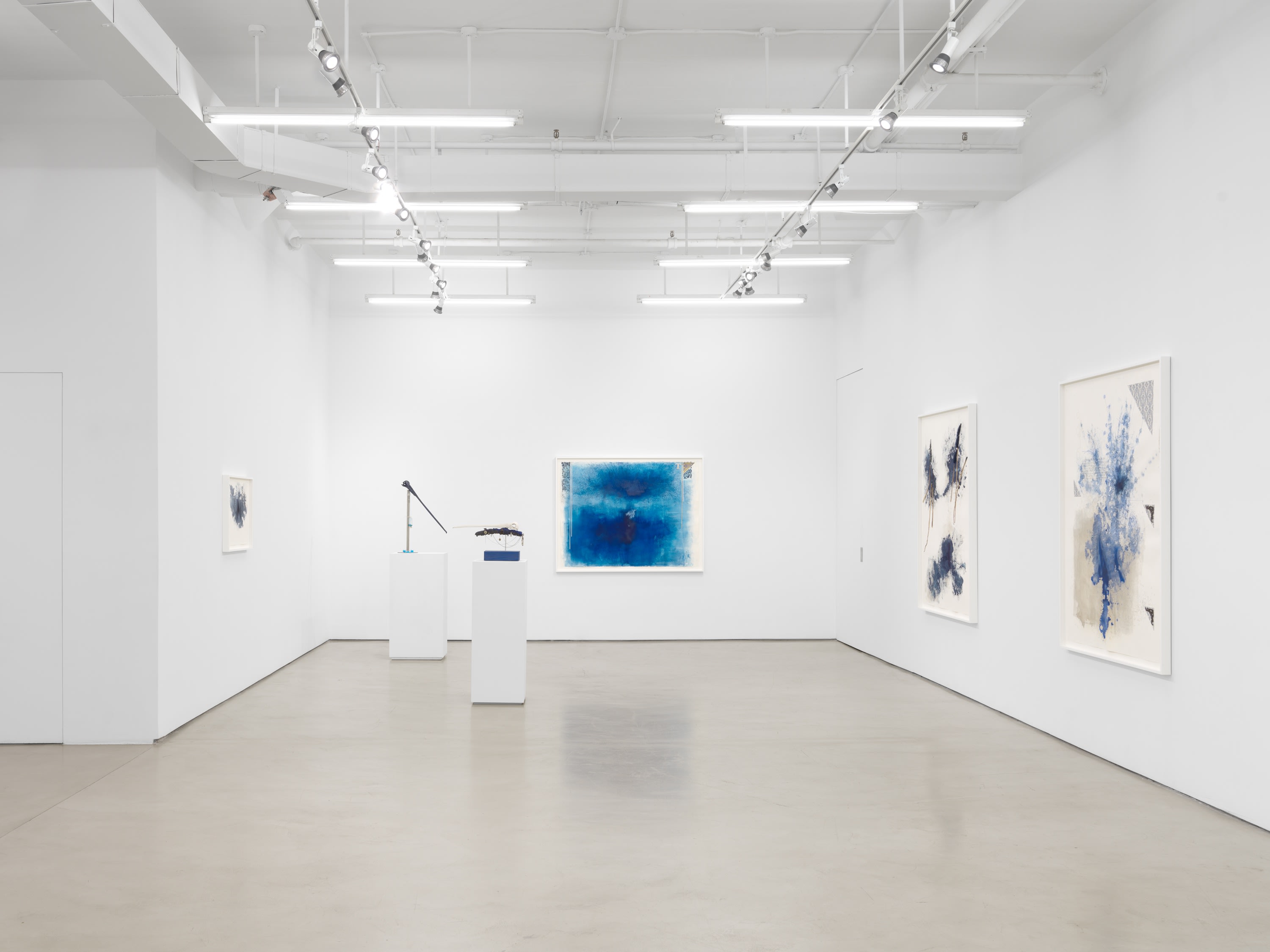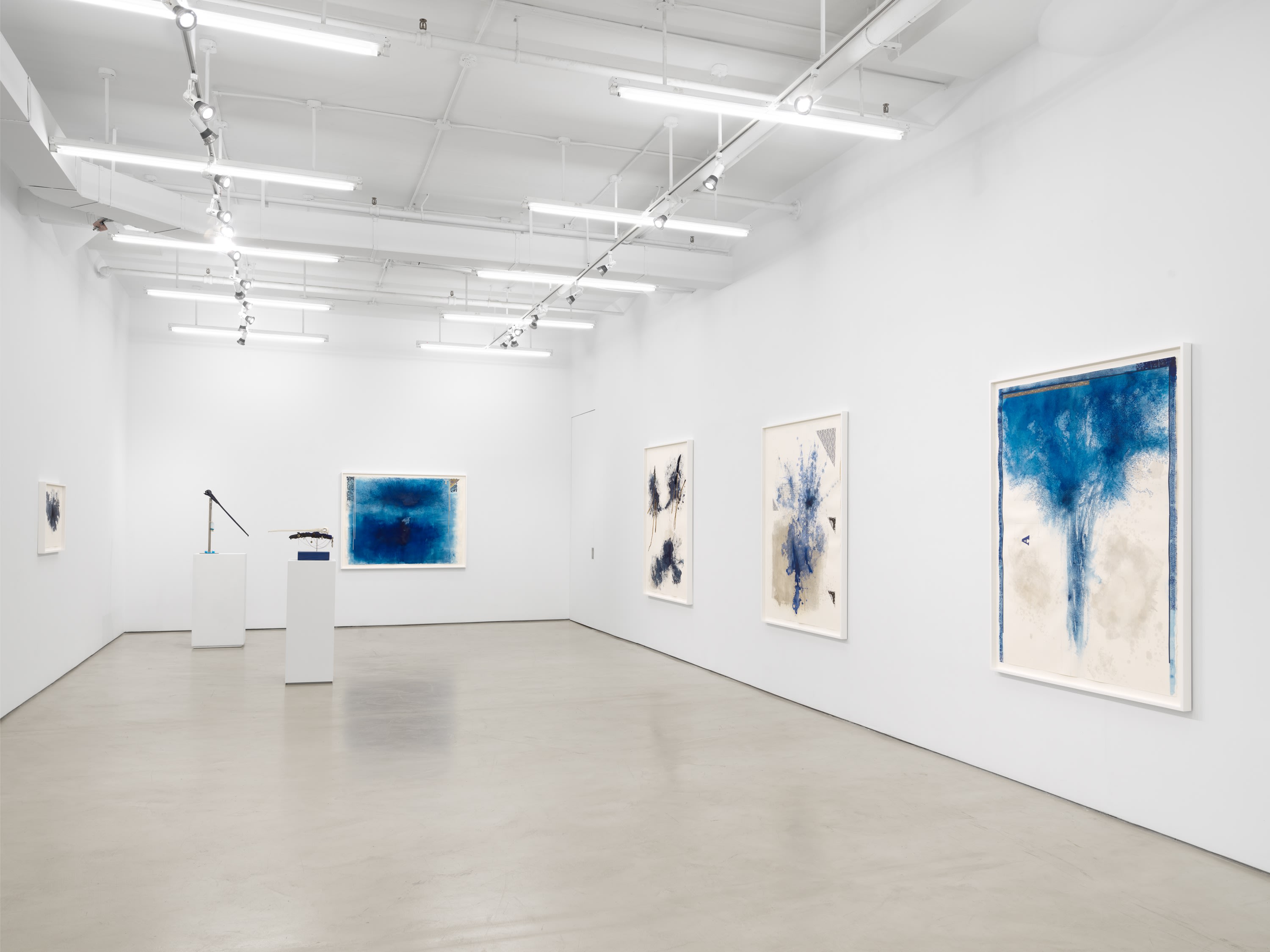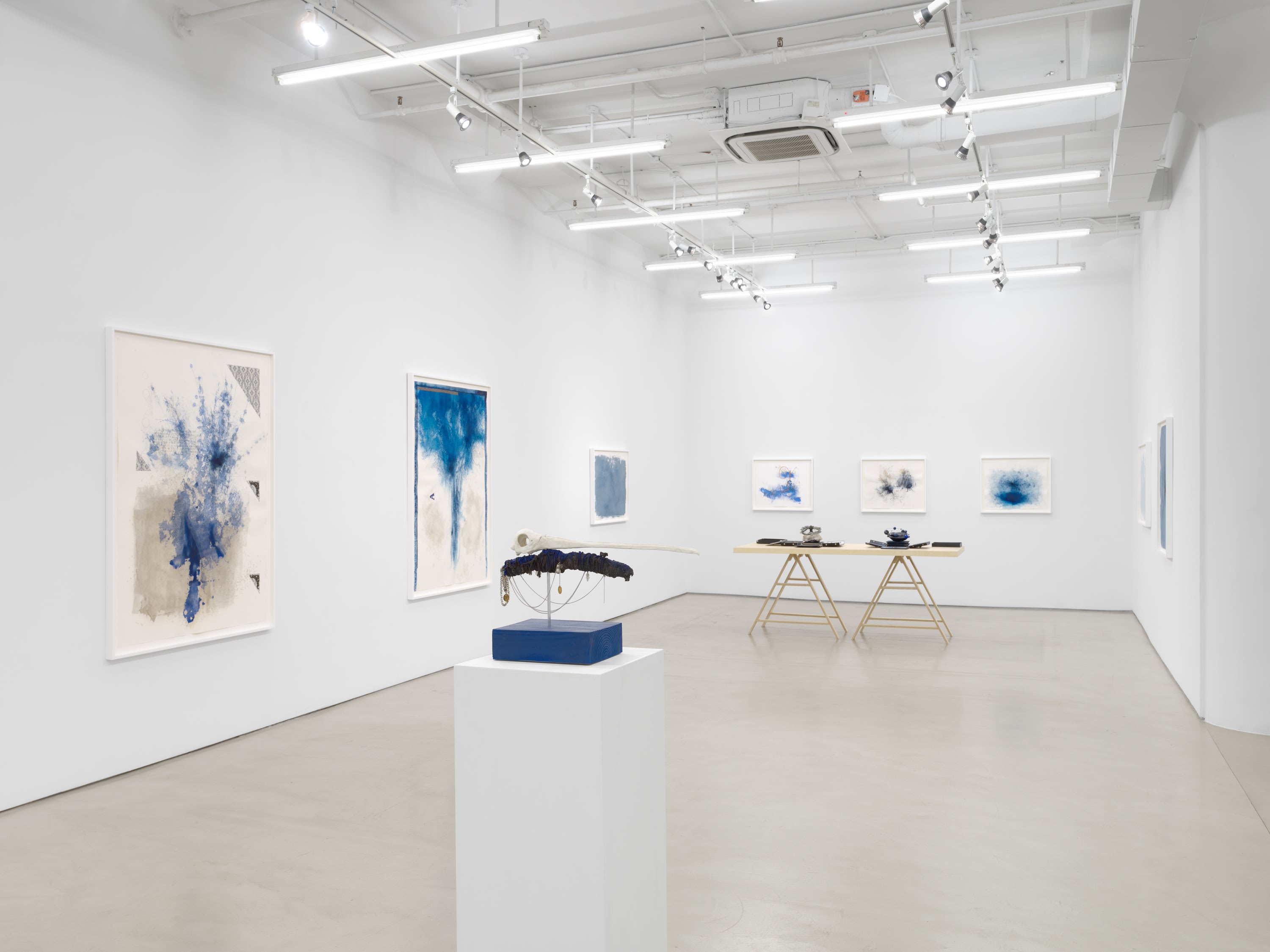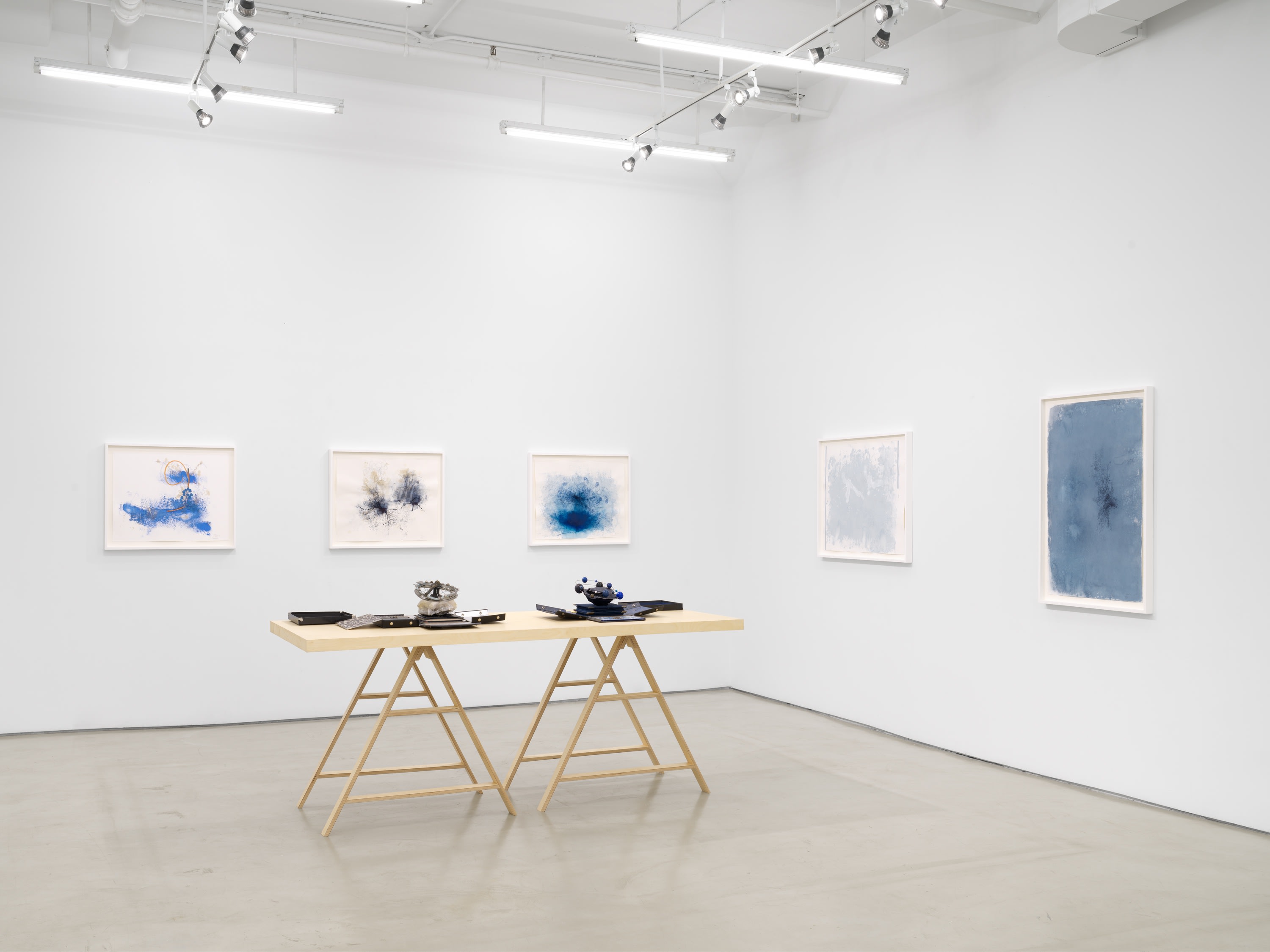-

Ricardo Brey, 2021. Photo: We Document Art.
-

Ricardo Brey: Blue Shore, Alexander Gray Associates, New York (2021)
-

Ricardo Brey, Blue Shore, Alexander Gray Associates, NY
-
Ricardo Brey’s work is featured in numerous private and public collections, including the Bouwfonds Art Collection, The Hague, the Netherlands; Centro de Arte Contemporáneo Wifredo Lam, Havana, Cuba; CERA Art Collection, Leuven, Belgium; Collection of Pieter and Marieke Sanders, Haarlem, the Netherlands; Collection de la Province de Hainaut, Belgium; de la Cruz Collection, Miami, FL; Fonds national d’art contemporain (FNAC), France; Ella Fontanals-Cisneros Collection, Miami, FL; Lenbachhaus, Munich, Germany; Louis-Dreyfus Family Collection, Mount Kisco, New York; Museo Nacional de Bellas Artes de La Habana, Havana, Cuba; Museum de Domijnen, Sittard, the Netherlands; Museum van Hedendaagse Kunst Antwerpen (M HKA), Antwerp, Belgium; Nova Southeastern University (NSU) Art Museum Fort Lauderdale, FL; Province of East Flanders Monuments and Cultural Heritage, Belgium; Sindika Dokolo Foundation, Luanda, Angola; Stedelijk Museum voor Actuele Kunst (SMAK), Ghent, Belgium; Suermondt-Ludwig-Museum, Aachen, Germany; Watari Museum of Contemporary Art, Tokyo, Japan; and others.
-

Ricardo Brey, Blue Shore, installation view, Alexander Gray Associates, New York (2021)
-
-
A primary concern throughout Brey's career has been the relationship between human beings and nature, both in the global context of the climate crisis and the personal experience of witnessing ecological devastation in his native Cuba. His feelings of grief and loss are visible in works on paper like these ones inspired by botanical drawings, which are colored with blue gouache to create a vivid watercolor effect, leaving parts of the plant’s penciled silhouette unpainted. By contrasting the somber shades of blue against the unpainted sections, Brey creates a striking, almost ghostly effect, a visualization of the artist’s personal concerns about humankind’s harmful relationship with the environment and the frightening loss that can come from it. Nevertheless, Brey sees nature as a symbol of hope for the future, maintaining that “Nature, and life in general, is quite resilient. No matter how hard you try, a weed will always come back—it is their essence to hold their ground, to stand up, to survive.”
-

Ricardo Brey
Blues Harp, 2021
Plaster cast, harmonica, and silver chain
Dimensions variable
(RBR250)
-
-
In 2012, Ricardo Brey began working on a series of Kouros sculptures, often comprised of birds' skulls formed from wood and clay that are mounted on metal rods and adorned with carefully arranged found objects, a series which he is now revisiting. Brey's kouroi allude to free-standing statues of nude male youths that begin to appear during the Archaic period in Greece, referred to today using the Ancient Greek kouros meaning "boy." According to the director of Gerhard Marcks Haus, because of his fusion of Classical references and those from his own unique cultural context, Brey's work "takes its place simultaneously inside and outside the Western European art world—a paradoxical situation that arises from the current status of international art."
-
-
-
-
Ricardo Brey's ongoing series of Boxes consists of archival boxes that unfold to reveal miniature worlds of sculptural assemblages. Inviting performative engagement, as the boxes unfurl they divulge a complex web of symbols. Each work’s intricate interior juxtaposes enclosure with expansiveness, inspiring surprise and wonder while representing the vast unknowable intricacies of the human mind. Reflecting on the works' symbolic potential, Brey states, “The box is our head, the box is our cave, the box is the attic, the box is the memory and the world. The boxes are an attempt to spatially represent… a hermeneutics of the soul to create a topography of the mind.”
-
-
-
-
Unable to leave his home and studio in Ghent, Belgium, due to the global Covid-19 pandemic, Brey turned to the color blue, which he associated with the sky and the sea, symbols of an unattainable expansiveness and freedom. In his works from this period, Brey adopts an almost exclusively blue palette, a significant departure from the earth-colored ochres and rusty reds of previous works on paper. Combining this bold new color palette with the powerful environmental and cultural themes that underlie much of his work, these new works are emblematic of Brey's continually evolving artistic ethos.
